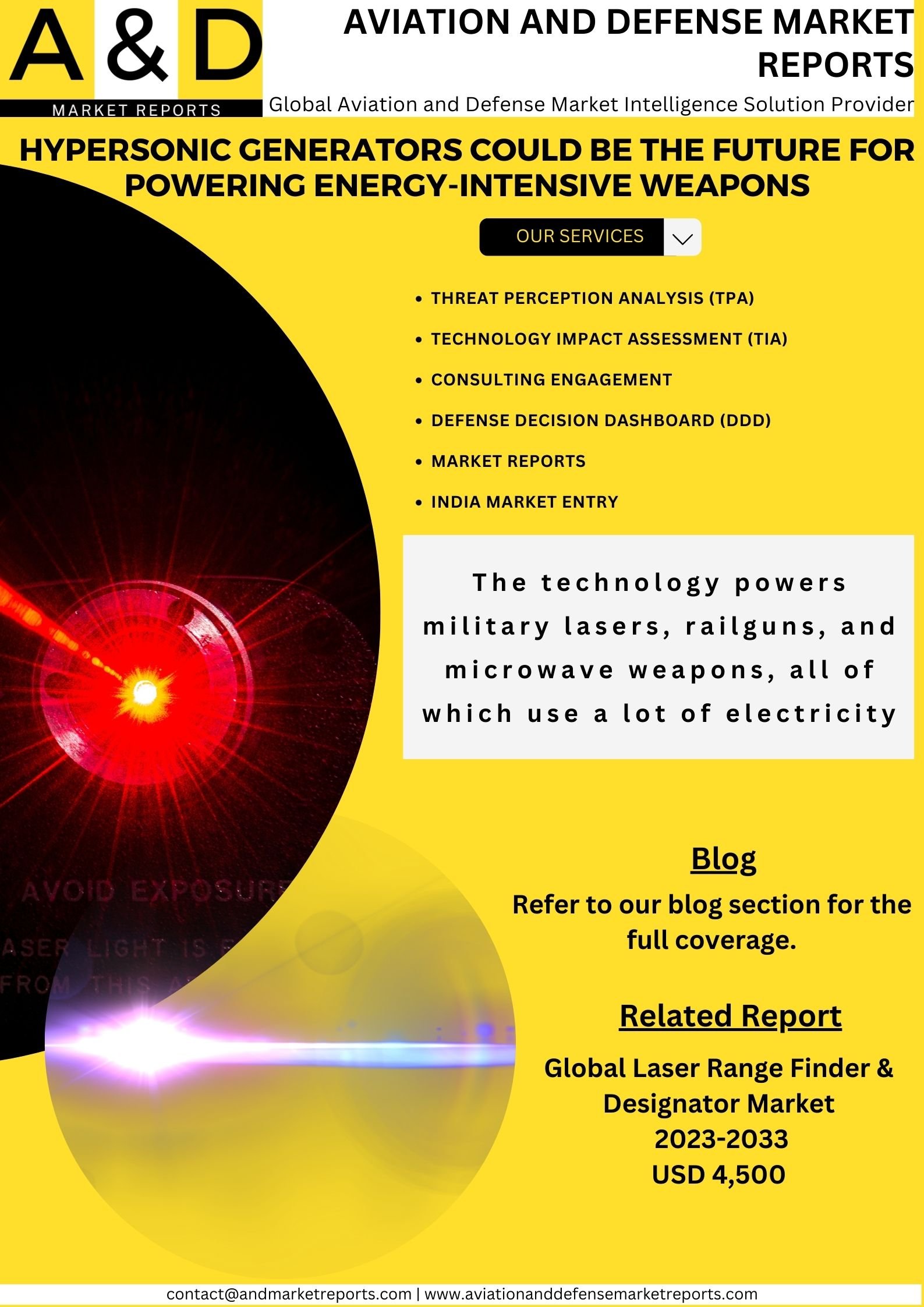Energy intensive weapons are weapons that require significant amounts of energy to operate. These weapons typically use advanced technologies such as lasers, electromagnetic rail guns, and particle beam weapons. Laser weapons, for example, use high-powered lasers to produce a concentrated beam of light that can destroy targets. These weapons require a significant amount of energy to produce the laser beam, and they also require cooling systems to prevent overheating. Electromagnetic rail guns, on the other hand, use electromagnetic fields to accelerate projectiles to very high speeds. These weapons require large amounts of electrical power to generate the electromagnetic fields and to accelerate the projectiles.
Particle beam weapons use charged particles such as electrons or protons to create a beam of energy that can be directed at a target. These weapons require significant amounts of energy to generate the charged particles and to accelerate them to high speeds.
A hypersonic generator is a device that uses a Magneto Hydro Dynamic (MHD) generator, which would use the hypersonic flow to ionize the gas and create a plasma. The plasma would then be directed through a magnetic field, which would induce an electric current in a conductor.
Both of these approaches face significant technical challenges and have not yet been proven to be feasible for commercial power generation. However, research in this area is ongoing, and advances in hypersonic technology and power generation could lead to the development of practical hypersonic generators in the future.
Laser
It is possible to use a hypersonic generator to power a military laser, but it would depend on the specific application and requirements of the laser. Lasers require a power source to generate the high-intensity light beam. One way to provide this power is through the use of a laser diode, which converts electrical energy into light energy. However, laser diodes have limited power output and may not be suitable for high-power military lasers.
Hypersonic generators, which can produce high-speed airflow, can be used to drive a turbine or engine to generate electricity that can power a high-power laser. This approach is similar to how gas turbines are used to generate electricity in power plants.
One advantage of using a hypersonic generator to power a military laser is that it could potentially provide a more compact and efficient power source compared to other methods, such as using a diesel generator or connecting to the electrical grid. However, developing such a system would require significant research and development efforts to optimize the generator’s performance, integrate it with the laser system, and ensure that it meets the specific requirements for military applications.
RAIL GUN
Rail guns use electromagnetic forces to accelerate a projectile to extremely high speeds, often exceeding Mach 6. To achieve such high speeds, rail guns require a significant amount of electrical power, which can be provided by a variety of sources, including batteries, capacitors, or a power grid.
A hypersonic generator could potentially provide a compact and efficient power source for a rail gun, similar to its potential use in powering a military laser. However, it would need to be designed and optimized for the specific requirements of the rail gun, such as the power output, voltage and current characteristics, and the duration of the discharge.
China
Chinese researchers used a controlled detonation to convert hot gas into a plasma filled with racing ions that converted to current. The charged ion-filled plasma was then cycled through Magneto Hydro Dynamics generators to produce electric current up to 212 kilowatts while using 0.26 gallons of gas, with shock waves speeding the compressed argon gas to 14 times the speed of sound. That’s enough power for a burst of energy unlike anything else accessible in a small system right now.
A generator system causes explosions, which convert the gas into progressively rapid plasma. The plasma’s energy is then turned into extremely powerful electricity. The technology might power military lasers, railguns, and microwave weapons, all of which use a lot of electricity.
Unlike conventional combustion, a way of producing electricity that typically requires a large sophisticated facility with generators, the MHD generator may produce high-power electricity inside a simple and relatively compact system.
Among its many outstanding features, the MHD generator has no spinning components, a huge capacity, and high efficiency. There is no need for intermediary energy storage components since energy may be transmitted directly to the load without the use of a high-power switch and the device can start up rapidly.
Conclusion
While it is conceivable to power energy-intensive weapons with a hypersonic generator, the success of this technique would be dependent on various technological parameters and would necessitate extensive research and development work to enhance its performance for this purpose. Moreover, the explosion that generated the electricity may also have made a loud noise, disclosing the location of the weapon.
